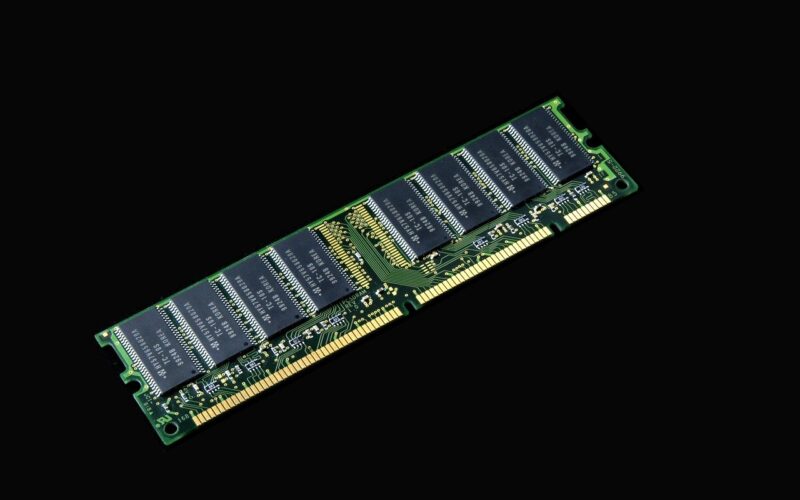How Electronic Tablets Changed Learning
Electronic tablets have profoundly changed the landscape of education and learning, bridging the gap between traditional methodologies and modern technology. These portable devices, once restricted primarily to leisure and business applications, have emerged as essential tools in classrooms worldwide. In doing so, they’ve not only enhanced the delivery of education but also revolutionised how students engage with their learning material.
The integration of tablets in educational settings
The introduction of tablets into the educational sector marked a significant shift from conventional teaching tools. With the ability to store vast amounts of digital content, tablets have replaced bulky textbooks, offering an eco-friendly alternative that reduces paper usage. Students and educators now have immediate access to a wealth of information at their fingertips, enabling a more dynamic and interactive learning experience.
Enhancing student engagement and interactivity
One of the most notable advantages of using tablets in education is the increased engagement and interactivity they facilitate. Educational apps and multimedia resources are designed to cater to various learning styles, ensuring that visual, auditory, and kinaesthetic learners can all benefit. For instance, in an ECG course or ECG training, interactive simulations and real-time feedback can help students grasp complex concepts more effectively than static images in textbooks.
Personalised learning experiences
Tablets offer a personalised learning experience by allowing students to learn at their own pace. Adaptive learning technologies assess a student's progress and tailor educational content accordingly. This feature is especially beneficial in settings like healthcare assistant training, where students might have varying levels of prior knowledge. By providing tailored content, tablets ensure that each learner receives the support they need to succeed.
Bridging geographical gaps
The portability and connectivity of tablets have made education more accessible than ever before. Students in remote areas can now participate in online courses and access resources that were previously unavailable. This ability to bridge geographical gaps ensures that quality education is no longer limited by location. For those pursuing specific training, such as ECG courses, online platforms facilitated by tablets can provide access to expert instruction regardless of physical barriers.
Challenges and considerations
Despite the myriad benefits, the integration of tablets into education is not without challenges. The initial cost of devices, along with the need for reliable internet access and technical support, can pose significant barriers for some educational institutions. Additionally, there is a growing need for educators to receive training on effectively incorporating tablets into their teaching methods, ensuring that technology enhances rather than hinders the learning process.
The future of education with tablets
Looking ahead, the role of tablets in education is set to expand even further. With continued advancements in technology, tablets will likely become even more integral to the educational experience. They hold the potential to support more immersive learning environments through augmented and virtual reality, providing students with unprecedented opportunities to explore and understand complex subjects.
Electronic tablets have undeniably transformed the face of education and learning. Their ability to facilitate engagement, personalise learning, and bridge geographical gaps has made them invaluable tools in the modern classroom. As we continue to leverage this technology, it’s crucial to address the challenges and ensure that both educators and students are equipped to fully harness the potential of tablets in education.






